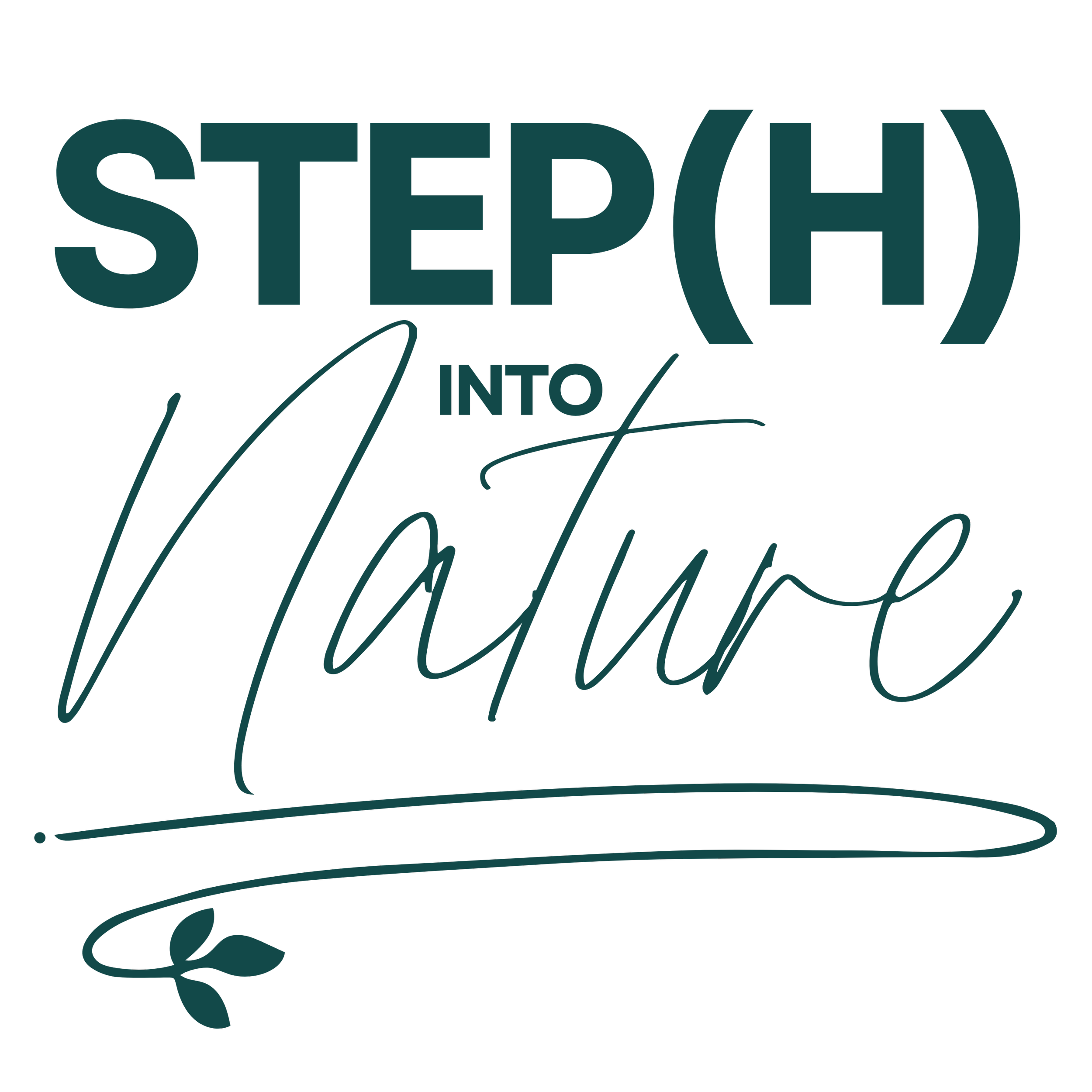HOW TO PROTECT ‘SMALL UGLIES’: THE PIONEERING WAWA CHARITY CHAMPIONING LESSER-LOVED ANIMALS
I spoke to the people behind WAWA conservation to find out why the weird and wonderful animals of the world matter
Have you ever donated money to help a wild animal before?
Have you answered a call to save the jaguars? Adopt an elephant? Sponsor a dolphin? If you have, that’s awesome! What’s less awesome is that you and I, without even realising, tend to part with our cash to save charismatic animals only; big, beautiful, loveable creatures that we can’t imagine planet Earth without; think pandas, giraffes, lions, etc.
The money raised to help these species in the wild can also end up benefitting other less charismatic species. These are animals you wouldn’t necessarily consider essential to protect, animals like rats, frogs, insects, and nondescript brown fluffy things… or, as famed naturalist and author Gerald Durrell would call them, ‘small uglies’.
Tasmanian devil
Why do non-charismatic animals matter?
Aside from the obvious, ‘they deserve to live and our activities are killing them’, being a big, popular animal does not directly relate to its level of importance to an ecosystem (where it lives). In fact, it’s often the smaller, lesser known, lesser loved animals that are running around eating the right things and pooping in the right places that are keeping their community ticking over.
Many popular animals receive a disproportionate amount of funding, and conservation efforts to protect them do not always have positive effects on the species they live alongside. On the other hand, if the bay checkerspot butterfly disappeared, it would be a disaster for their grassland home. These species are called ‘umbrella species’. Their existence in an area casts a web of protection that has far-reaching impacts.
Weird and wonderful animals
I have always felt an enormous affection toward unusual animals, just ask my boyfriend (ha!); we have frequent “debates” surrounding whether or not I can have a pet snail/tarantula/axolotl (three years deep and he’s still winning).
Mountain Yellow-Legged Frog
I tend to love anything that’s typically disliked, undervalued, or ignored. Not to whip out a tiny violin, but I think this might come from feeling like this myself at times growing up. But then I remember being like six years old and starting the Save the Worms club at primary school and gleefully running around with fists full of worms, transporting them from the playground to their new muddy home. I think I just like them for the same reason I like weird grimy 99p treasures in charity shops that have been collecting dust for months; to me, they are treasures.
So you can imagine my joy then, when I found out about a brand new charity launching that focuses solely on raising funds for the less cute and cuddly animals of the world! Introducing:
Weird And Wonderful Animal Conservation (WAWA Conservation)
The team
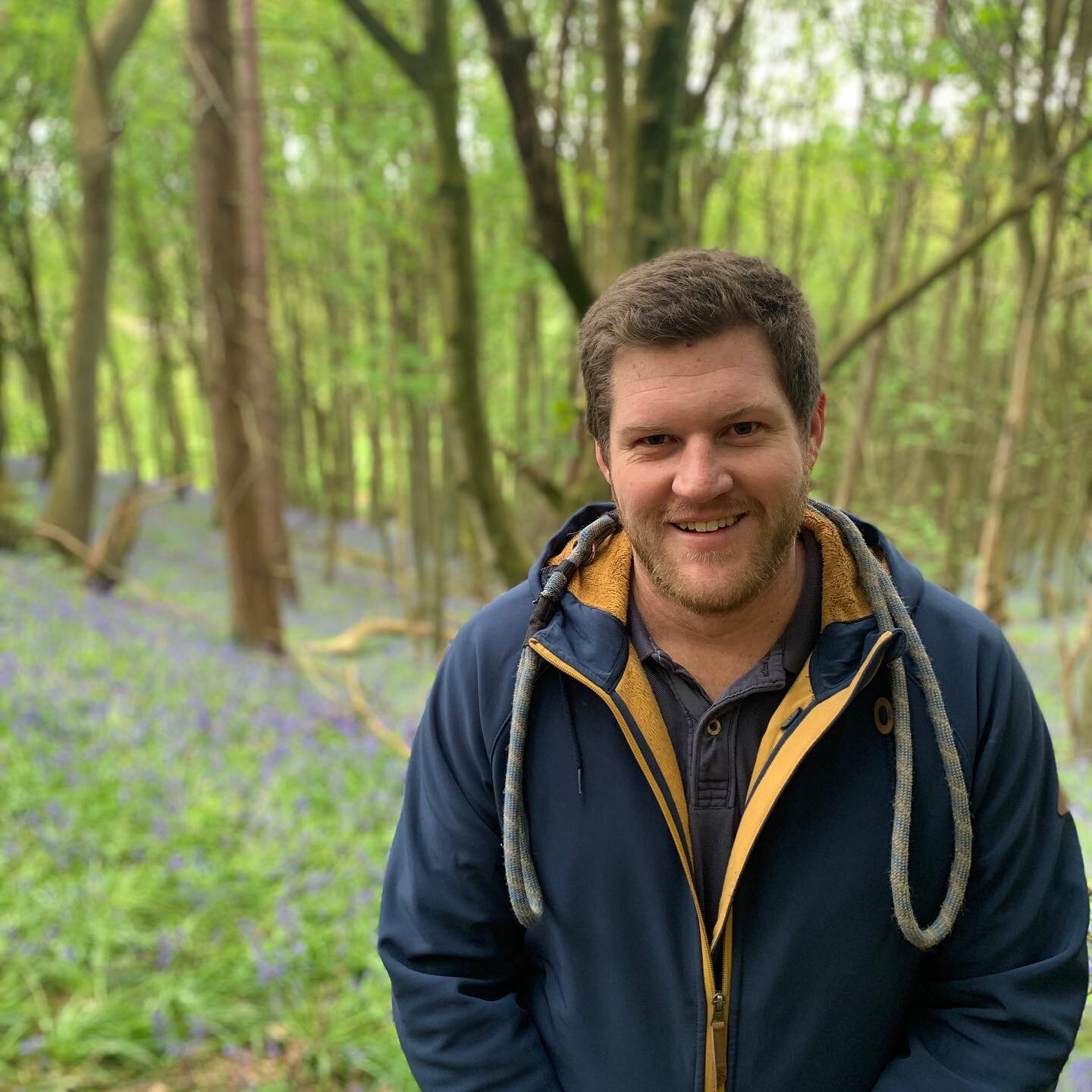
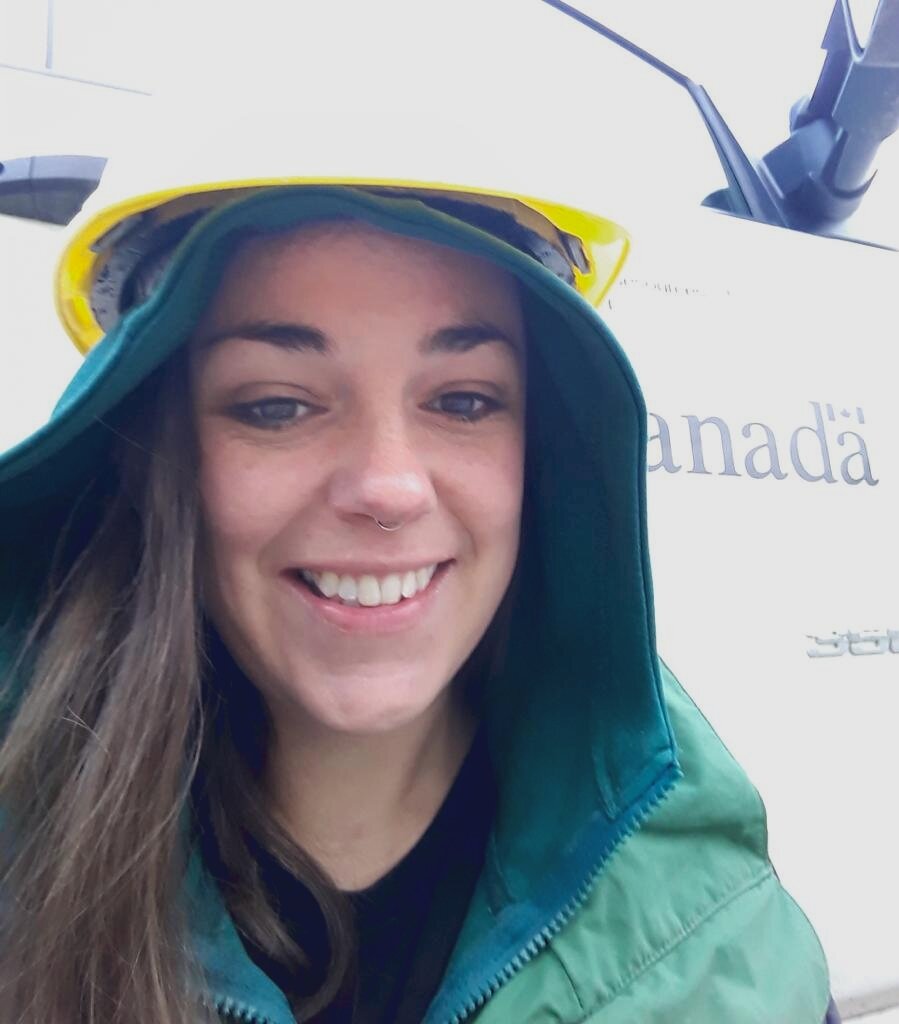
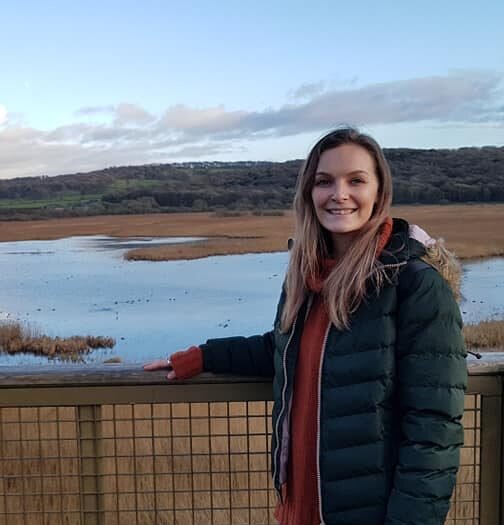
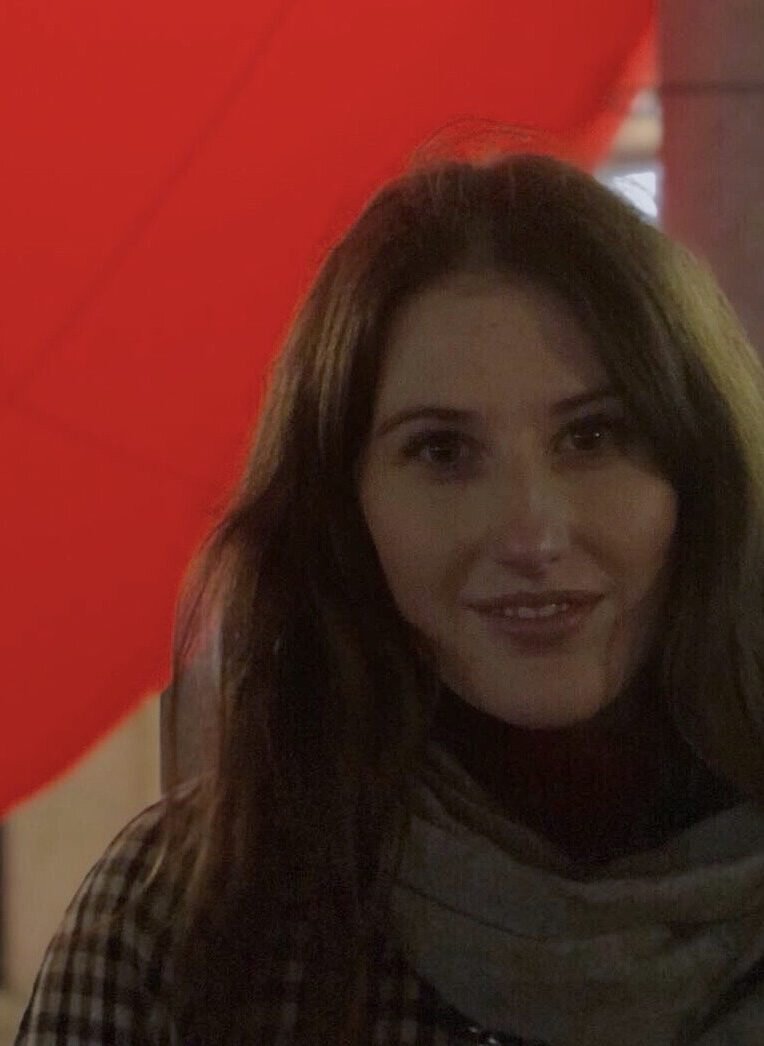
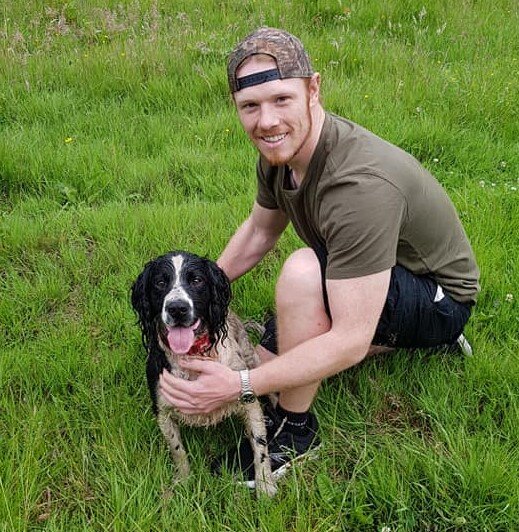
The idea
Jack and Meg spent years out in the field and behind computers researching and raising funds to protect the Great Green Macaw. This beautiful bird is endangered, and incredibly important for the health of the forests in which it resides. Despite the critical situation that this bird is in, the founders of WAWA describe the task of raising money to continue its existence as ‘a struggle for every single penny’.
They noticed a disconnect between the public and the desire to invest money to prevent the extinction of a particular species. Jack and Meg learned first hand that the biggest hurdle to effective wildlife conservation work is funding, and competition for financial support between organisations is fierce.
So how does one species out-compete another to secure funding? The founders of WAWA explain:
‘in the same way that our directors out-competed their competition [to raise funds]: by using their charisma.
Naturally, you need only to look at the majestic tiger to know that it’s something worth saving. Its bright colours, large size, impressive teeth and all the emotions that it invokes in us tell us intrinsically that this creature is magnificent and therefore deserves to be protected. So, in contrast, what hope does a small brown rodent or an inconspicuous insect have when a donor makes their decision of where to send their hard-earned money?’
Great Green Macaw
Jack and Meg wanted to change this. They believe (and so do I) that funding should be achieved based on the ecological importance, endangerment status, and uniqueness of a species rather than its general popularity.
The new wildlife charity seems to be going down well, and filling a gap that was begging to be filled:
‘Overwhelmingly. It’s been great to see that everybody that we have pitched the idea to has been supportive, and we have had plenty of messages from strangers online in support of the charity. The idea goes down really well with nature and conservation enthusiasts as it seems many people in our sector have faced similar frustration at the cherry picking of species protection.’
How you can help
‘We have had a lot of conservationists offering their help. As we are just starting out, the best way for people to help us is to share our facebook posts and to follow us on Instagram.
If we have a successful year we may even be opening up additional positions and/or contracting some media work. So people that want to be in the loop for when that happens should be sure to like and follow us on facebook.’
WAWA Conservation launched their first ever fundraising campaign on the 13th of November, which runs for six weeks, to support three organisations working to protect three unique, endangered species; the The Saiga Conservation Alliance for the saiga antelope, the Philippine Eagle Foundation for the Philippine eagle, and the Galapagos Conservation Trust for the scalloped hammerhead shark.
How to get people to fall in love with weird and wonderful animals
‘As we are going against the grain of fundraising that uses traditionally charismatic species, we have naturally set ourselves up to be at a disadvantage. However, we believe that there is a hidden charisma to each of these species. By definition, these animals are weird and wonderful… and each has something that makes them unique and worthy of protection.’
“For example, we could focus on the bizarre biology of the saiga antelope or the strange life cycle of the giant salamander to pique people's interest and encourage them to support our campaigns. So, in a way, we are going to be beating the system at its own game by revealing hidden charisma and finding the ‘wow’ factor that is present in our target species.”
WAWA Conservation will be using non-traditional fundraising methods to match their non-traditional selection of animal species to fundraise for:
‘While we are finding our feet as an organisation we will be running our campaigns in a familiar fashion, through mailing lists and social media campaigns. However, as we grow as an organisation we hope to be able to do things that will reach out to a new audience of non-traditional donors. We have talked about running music events and online lecture series, for example.’
As a weird young misfit himself (his words, not mine!), Jack can sympathise with species that are outcasts from the mainstream. He believes that there are plenty more people like him who will be able to relate to these animals and want to give them a chance at survival in the wild.
‘Fortunately we have a really diverse team and the skills throughout the board will no doubt come together to develop our campaigns over the coming years.’
Red Ruffed Lemur
How projects are selected
Evolutionarily Distinct and Globally Endangered (EDGE) species are particularly of interest to us. Additionally, we want to spread our work across as many taxa [groups of species] as possible.
‘We really want to be working to support the species that will get the most out of our funding. Although there may be something incredibly cool, like the kakapo, that we would like to support, their current funding would mean that anything that we raise would likely just be a drop in the ocean.
A better option could be to fund something like the Hispaniolan solenodon, where the same amount of money could make a huge change to a project that is working with them. Essentially we will be running a triage system to decide on projects to support.
How projects will receive support
The team not only aims to support projects financially, but also practically, by sharing their skills.
‘For example, we have experts in managing social media and website developers on our team, so these may be of use to help organisations far beyond what the funds alone can support.’
Secretary Bird
Threats to weird and wonderful animals
As well as a lack of human interest, weird and wonderful animals face a variety of threats that are edging them ever closer to extinction; deforestation, climate change, and poaching are the typical culprits, but 2020 has brought about yet another threat to wildlife conservation efforts; COVID-19. But there is some hope:
‘Rebuilding the world after the COVID-19 pandemic will involve bailouts to the world’s industrial sector and some Governments are attaching ‘green’ conditions to these. If done correctly, this could be an opportunity to develop future technologies to reach climate goals, increase sustainability and restore habitats. Green and eco-projects must not fall along the wayside in favour of dirtier, more traditional economic projects.’
‘However, in the short-term, it is likely that some Governments will ignore environmental destruction in a bid to boost economies, and this is where the conservation challenge really hits home, as it is at the cost of the natural ecosystem.’
‘Education-based conservation projects have been more directly, and immediately, impacted by the pandemic as many are not able to hold events and travel to the communities they would normally serve. So too have those projects relying on a foreign volunteer base as travel restrictions have prevented skilled conservationists reaching overseas destinations; this may also impact the next generation of conservationists as many students have had to put their plans on hold.
Black Rhino
Many conservation organisations rely on volunteers for the day-to-day running of projects and fundraising activities, and this will have been a major challenge.’
‘It is important for the global community and it’s Governments to keep sight of the long-term impacts of our actions during these unprecedented times, and to hear the unmuted voices of scientists attempting to bring abatements to the climate emergency to the forefront.
Conservation groups must not fall along the wayside as the public focus is drawn towards the COVID-19 pandemic, since the two are inherently linked and it is now that we should be increasingly concerned about our natural world.
STEP(H) INTO NATURE ON YOUTUBE
Subscribe to my YouTube channel to get notified when new videos are up. Whether you’re looking to build a career in wildlife and conservation or want to come along on some wildlife adventures (present pandemic permitting!) there is plenty worth watching.
